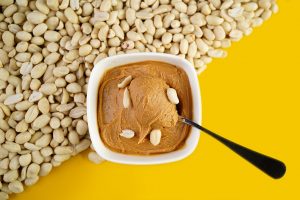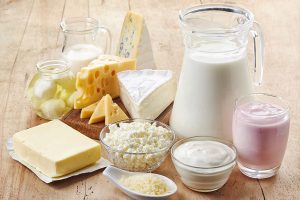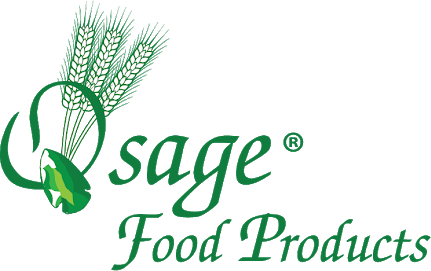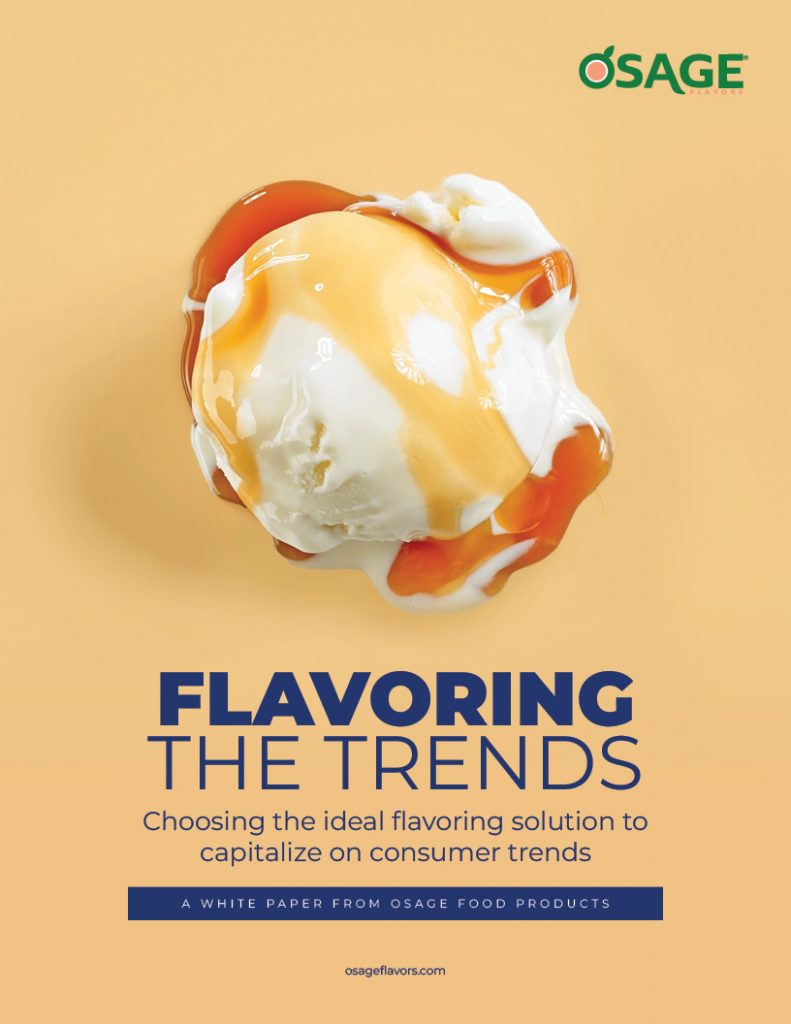As we head into 2026, protein isn’t just a fitness buzzword, it’s grown from an after-workout recovery shake additive to a formulation essential reshaping the food and beverage landscape. Today’s consumers are redefining what “healthy” means, looking for foods that fuel active lifestyles, support satiety and deliver functional benefits beyond basic nutrition. That’s why brands are packing more protein into everyday favorites without sacrificing taste or texture.
At Osage Food Products, we’re seeing this shift firsthand. As a leader in custom ingredient systems and functional blends, we help manufacturers create products that deliver the protein consumers crave, in the formats they love. Whether the goal is to enhance nutrition, improve texture or maintain clean label appeal, innovation in protein fortification is opening doors across categories.
Here are the key product categories to watch in 2026 as added protein continues to drive growth and differentiation.
- Snack to the Future
The snacking category is flexing its muscles even further than the rise of snackification just a few short years ago. Consumers want snacks that satisfy hunger and deliver functional benefits, leading to protein-fortified chips, cookies and bars. Expect more brands to lean on protein for energy, satiety and guilt-free indulgence, making ingredient systems that maintain crunch, mouthfeel and flavor critical to product success.
- Shake it ‘Til You Make It!
Beverages remain one of the most convenient ways to deliver protein on the go. Ready-to-drink smoothies, coffees and flavored milks are all growing as consumers seek convenient, portable sources of nutrition. The challenge? Achieving stability and flavor balance without chalkiness or sedimentation. Osage’s formulation expertise in stabilizers, emulsifiers and protein blends helps brands overcome these hurdles and create high-protein beverages consumers will actually crave.
- Chill Out
Frozen meals are evolving from simple convenience to balanced, nutrient-dense options. Manufacturers are incorporating more protein into sauces, pastas, and global-style bowls to meet consumer expectations for both flavor and function. For developers, this means ensuring consistent texture and protein performance under frozen conditions—a challenge Osage helps solve with custom-blended systems designed for thermal stability and even distribution.
- Udderly Impressive Dairy
Protein-rich dairy products continue to thrive, driven by demand for natural, minimally processed nutrition. From high-protein yogurts to ultra-filtered milks and fortified creamers, the dairy aisle is doubling down on functionality. With protein fortification often affecting viscosity and mouthfeel, Osage helps brands fine-tune formulations for the perfect balance of performance and consumer appeal.
- Protein Goes Green
Plant-based continues to evolve from niche to mainstream. Consumers now expect plant-based products to match traditional ones in texture and protein quality with a caveat: taste is king! Innovations in pea, lentil and fava bean proteins are improving amino acid completeness and sensory experience. Osage supports these innovations with systems that enhance mouthfeel, solubility and nutritional profile, making it easier to formulate the next generation of plant-forward, protein-rich products.
- Function Junction
The functional food movement is expanding, and protein is at its core. Consumers are looking for foods that support energy, mood, metabolism and gut health often through ingredient stacking that combines protein with probiotics or adaptogens. Osage’s formulation capabilities make it possible to integrate multiple functional ingredients without compromising flavor, stability or clean label appeal.
No doubt about it, in 2026, protein will be an innovation driver. From beverages to baked goods, brands that can deliver high-quality protein with great taste and texture will lead the pack. At Osage Food Products, we’re here to help manufacturers develop protein-powered solutions that meet today’s wellness trends and tomorrow’s consumer demands.




